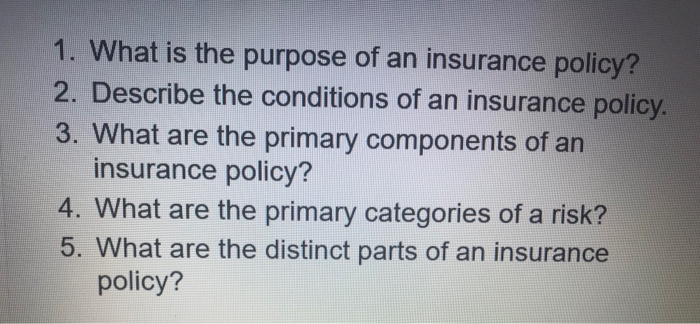Things about Pacific Prime
Things about Pacific Prime
Blog Article
8 Simple Techniques For Pacific Prime
Table of ContentsNot known Facts About Pacific PrimeSome Of Pacific PrimeThe Main Principles Of Pacific Prime Pacific Prime Fundamentals ExplainedPacific Prime Things To Know Before You Get This

This is due to the fact that the data were gathered for a duration of strong financial performance. Of the approximated 42 million individuals who were without insurance, all but concerning 420,000 (about 1 percent) were under 65 years of age, the age at which most Americans come to be eligible for Medicare; 32 million were adults in between ages 18 and 65, around 19 percent of all adults in this age team; and 10 million were children under 18 years of age, regarding 13.9 percent of all youngsters (Mills, 2000).
These quotes of the variety of persons uninsured are produced from the yearly March Supplement to the Present Populace Study (CPS), performed by the Demographics Bureau. Unless otherwise kept in mind, national estimates of individuals without health and wellness insurance policy and proportions of the population with various kinds of protection are based upon the CPS, one of the most extensively utilized resource of estimates of insurance protection and uninsurance prices.
Getting The Pacific Prime To Work

Still, the CPS is particularly helpful since it produces annual price quotes reasonably promptly, reporting the previous year's insurance policy coverage approximates each September, and due to the fact that it is the basis for a constant set of price quotes for even more than twenty years, enabling analysis of trends in protection in time. For these reasons, along with the comprehensive use the CPS in other researches of insurance policy coverage that exist in this record, we count on CPS estimates, with constraints kept in mind.

The price quote of the number of without insurance individuals increases when a populace's insurance coverage status is tracked for a number of years. Over a three-year period starting early in 1993, 72 million individuals, 29 percent of the U.S. https://www.twitch.tv/pacificpr1me/about. populace, were without coverage for at the very least one month. Within a solitary year (1994 ), 53 million people experienced a minimum of a month without coverage (Bennefield, 1998a)
Six out of every 10 uninsured grownups are themselves used. Although functioning does boost the possibility that one and one's household members will certainly have insurance coverage, it is not a guarantee. Even members of families with 2 full-time breadwinner have nearly a one-in-ten opportunity of being uninsured (9.1 percent without insurance rate) (Hoffman and Pohl, 2000).
The Buzz on Pacific Prime
New immigrants represent a considerable percentage of individuals without medical insurance. One analysis has connected a significant part of the recent growth in the dimension of the united state uninsured population to immigrants that showed up in the country in between 1994 and 1998 (Camarota and Edwards, 2000). Current immigrants (those that came to the United States within the previous 4 years) do have a high price of being without insurance (46 percent), but they and their kids make up simply 6 percent of those without insurance nationally (Holahan et al., 2001).
The partnership between medical insurance and accessibility to care is well developed, as documented later in this chapter. Although the connection in between medical insurance and wellness end results is neither straight neither read the full info here straightforward, an extensive medical and health and wellness services research literature web links medical insurance protection to better accessibility to care, better quality, and improved individual and populace health status.
Degrees of analysis for examining the impacts of uninsurance. It concentrates specifically on those without any type of wellness insurance for any size of time.
What Does Pacific Prime Do?
The troubles dealt with by the underinsured are in some aspects similar to those encountered by the uninsured, although they are generally much less severe. Health and wellness insurance, however, is neither essential neither adequate to gain accessibility to medical solutions. The independent and straight impact of health insurance policy coverage on accessibility to health and wellness services is well developed.
Others will get the healthcare they require even without wellness insurance coverage, by paying for it expense or seeking it from suppliers who offer treatment complimentary or at highly subsidized prices. For still others, health insurance policy alone does not make sure receipt of treatment as a result of various other nonfinancial barriers, such as an absence of health treatment service providers in their area, limited accessibility to transportation, illiteracy, or etymological and social differences.
The Single Strategy To Use For Pacific Prime
Official study concerning without insurance populations in the United States dates to the late 1920s and early 1930s when the Board on the Price of Treatment produced a collection of reports about financing doctor workplace visits and hospital stays. This concern became salient as the numbers of medically indigent climbed during the Great Anxiety.
Report this page